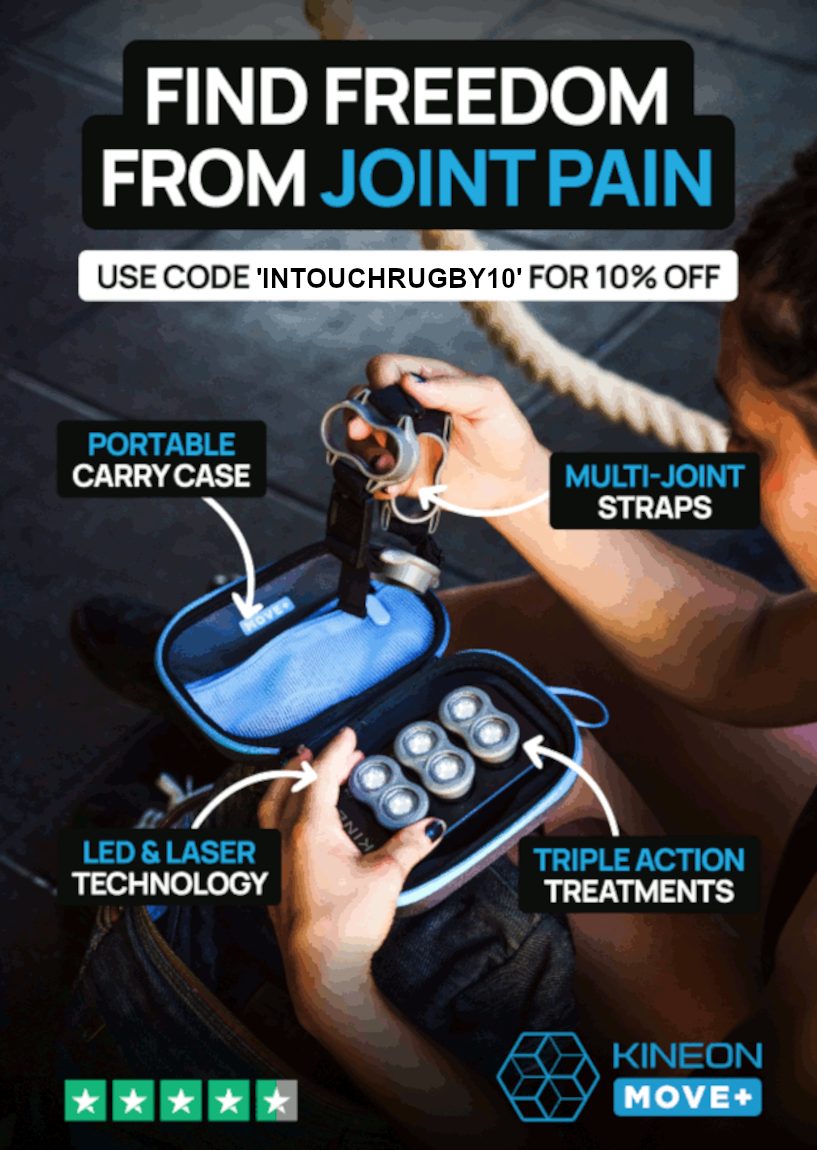For the Lindsay Mazda website CLICK HERE
Leverkusen, 24 September 2012. Mazda Motor Corporation will highlight “i-ACTIVSENSE” technologies in the all-new Mazda6, which will take centre stage at this year’s Paris Motor Show and go on sale later this year. “i-ACTIVSENSE” is a series of advanced safety technologies designed by Mazda to aid the driver in recognizing hazards, in avoiding collisions and reducing the severity of accidents when they cannot be avoided. The all-new Mazda6 will be equipped with the full range of “i-ACTIVSENSE” technologies that deliver excellent safety performance over a wide range of driving conditions.
At Mazda, the research and development of safety technology is based upon the company’s safety philosophy, Mazda Proactive Safety, which aims to minimize the risk of an accident by maximizing the range of conditions in which the driver can safely operate the vehicle.
Mazda’s “i-ACTIVSENSE” describes a group of advanced safety technologies, developed in line with Mazda Proactive Safety, which make use of detection devices such as milliwave radars and cameras. They includes active safety technologies that help the driver recognize potential hazards, and pre-crash safety technologies which help avert collisions or reduce their severity in situations where they cannot be avoided.
Mazda’s advanced safety technology “i-ACTIVSENSE”
The ultimate goal of Mazda Proactive Safety is to realize collision-free driving. In pursuit of this ideal Mazda will continue to expand its research and development of safety technologies in order to provide customers with both driving pleasure and outstanding environmental and safety performance.
Table of i-ACTIVSENSE technologies
Driving Support Mazda Radar Cruise
Control (MRCC)
Judges the relative speed of, and distance to, the car ahead and works within a set speed range to maintain a safe following distance, thus alleviating some of the burden on the driver when driving on motorways.
Hazard Recognition Support Forward Obstruction Warning (FOW) Detects vehicles in front and alerts the driver to an approaching risk of collision early enough for the driver to brake or take evasive action.
Lane Departure
Warning System
(LDWS) Detects lane markings on the road surface and warns drivers of imminent unintentional lane departures.
Rear Vehicle Monitoring (RVM) Detects cars in the blind spot on either side or approaching from behind and alerts the driver to potential risks.
High-Beam Control
System (HBC) Detects oncoming traffic and vehicles in front and automatically switches headlights between high and low beam, improving visibility at night and aiding hazard avoidance.
Adaptive Front-lighting
System (AFS)
Supports safe driving at night by turning the headlights based on the degree of steering input and vehicle speed to maximize illumination and visibility at curves and intersections
Collision Avoidance /
Damage Reduction Support Smart Brake Support
(SBS) Helps reduce the severity of a collision by automatically applying the brakes when a risk of frontal collision is detected while driving at speeds of 15 km/h or faster.
Smart City Brake
Support (SCBS)
Automatically stops the car, or reduces the speed of the car, when there is a risk of collision with the vehicle in front while travelling at speeds of between 4 and 30 km/h. This helps the driver avoid or reduce the severity of a crash.
Distance Recognition Support System (DRSS): Senses distance to preceding vehicle and, taking speed into account, indicates time until car catches up with preceding vehicle.





